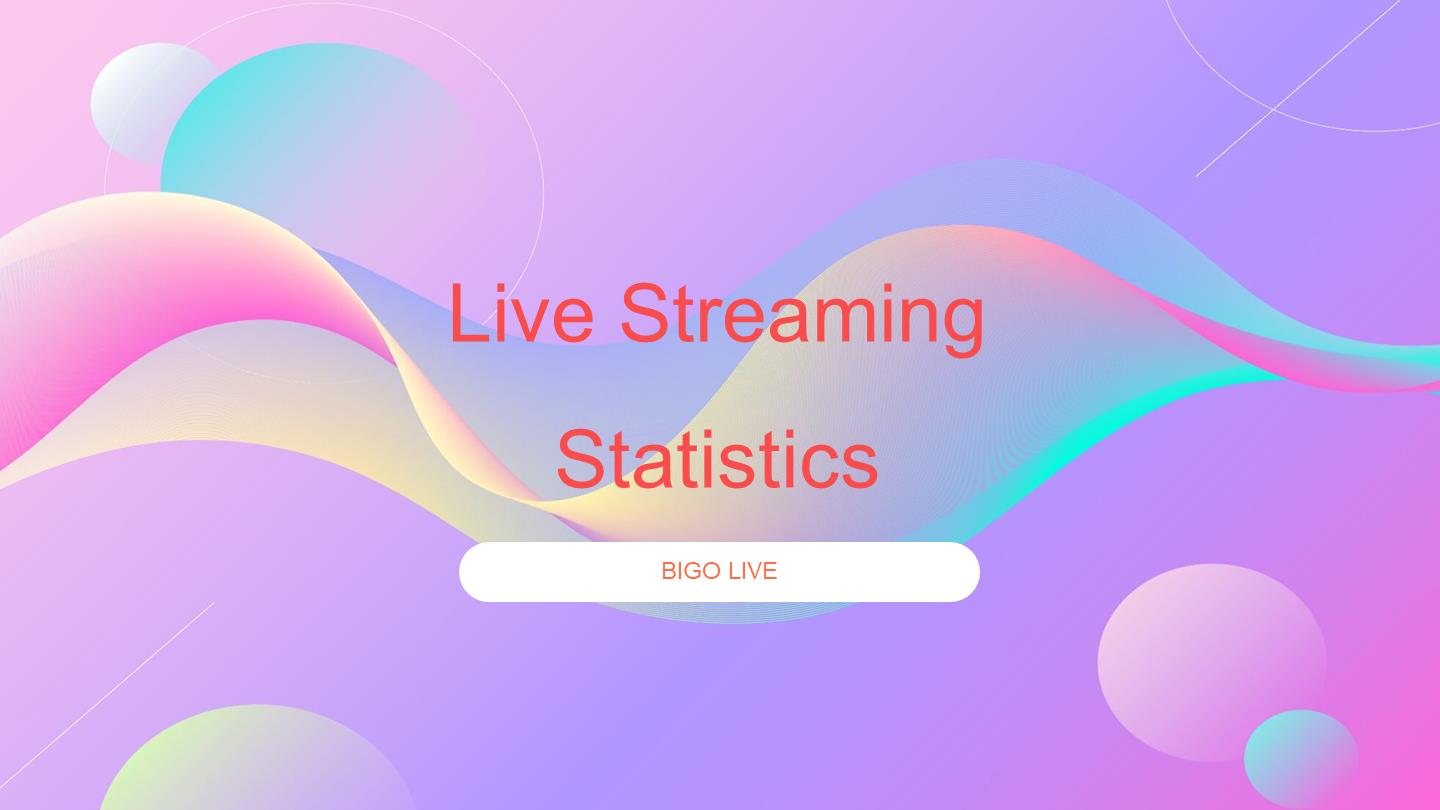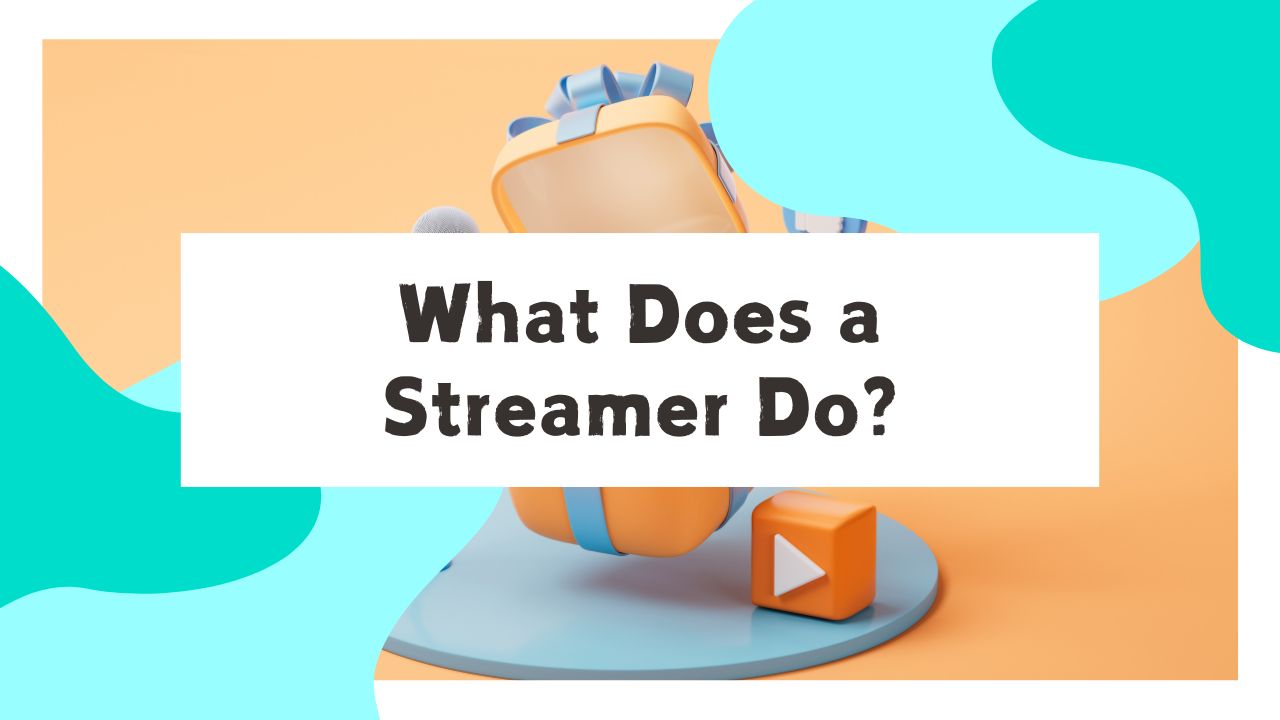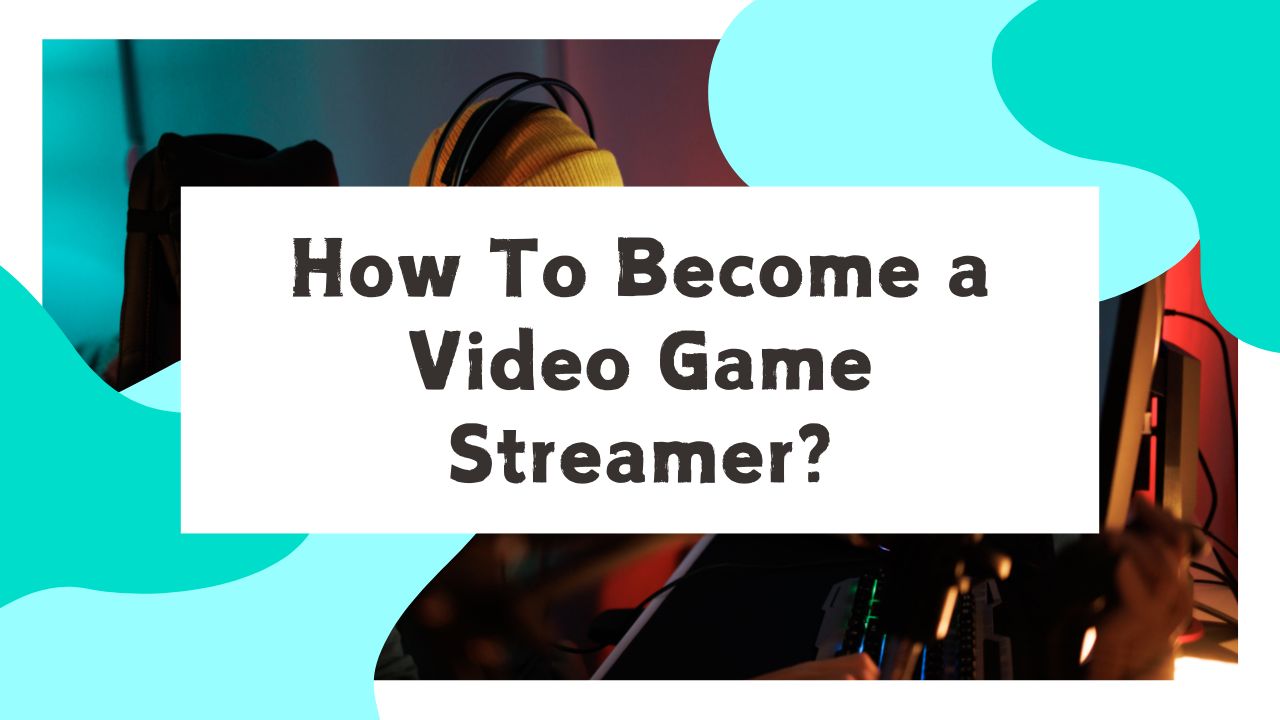With the growth of social media and online entertainment, a peculiar trend has emerged that blurs the lines between reality and virtual worlds.
Known as “NPC streaming,” this phenomenon has taken platforms like TikTok by storm, captivating millions of viewers and generating substantial income for its most popular creators.
But what exactly is NPC streaming, and why has it become such a cultural touchstone?
What is NPC Streaming?
NPC streaming derives its name from the concept of Non-Player Characters (NPCs) in video games. In gaming, NPCs are background characters controlled by the game’s artificial intelligence rather than human players. These characters typically have limited movements and dialogue, often repeating the same phrases or actions in a loop.
In the context of live streaming, NPC streaming involves content creators mimicking these video game characters. Streamers, primarily on platforms like TikTok, act as if they are pre-programmed entities, responding to viewer interactions with a set of repetitive phrases, gestures, and reactions. The result is a bizarre yet oddly captivating performance that blurs the lines between human interaction and simulated behavior.
The origins of NPC streaming can be traced back to early 2022, with Japanese TikToker @natuecoco being one of the earliest known practitioners. However, the trend truly exploded in popularity in mid-2023, with creators like Pinkydoll and Cherry Crush becoming the faces of the phenomenon.
As the trend gained momentum, it quickly spread beyond its initial niche. Videos featuring NPC streamers went viral, attracting millions of views and sparking conversations across various social media platforms. The sudden surge in popularity led to both fascination and confusion among viewers, with many struggling to understand the appeal of these peculiar performances.
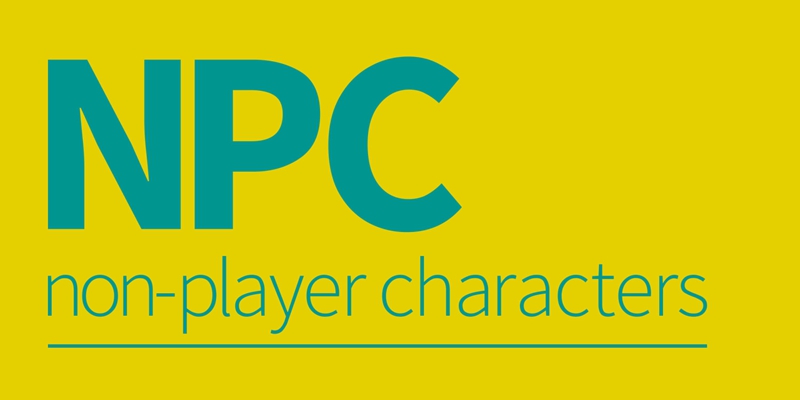
The Mechanics of NPC Streaming
At its core, NPC streaming is a form of interactive performance art. Streamers adopt personas reminiscent of video game characters, complete with catchphrases, exaggerated expressions, and robotic movements. The key element that sets NPC streaming apart is its transactional nature. Viewers can purchase virtual gifts through the streaming platform, which, when sent to the streamer, trigger specific reactions.
For example, one of the trend’s most prominent figures, TikToker Pinkydoll, responds to certain gifts with phrases like “ice cream so good” or “yes yes yes,” often accompanied by stylized gestures or facial expressions. This creates a sense of control for the viewer, as they can essentially “program” the streamer’s actions through their gifts.
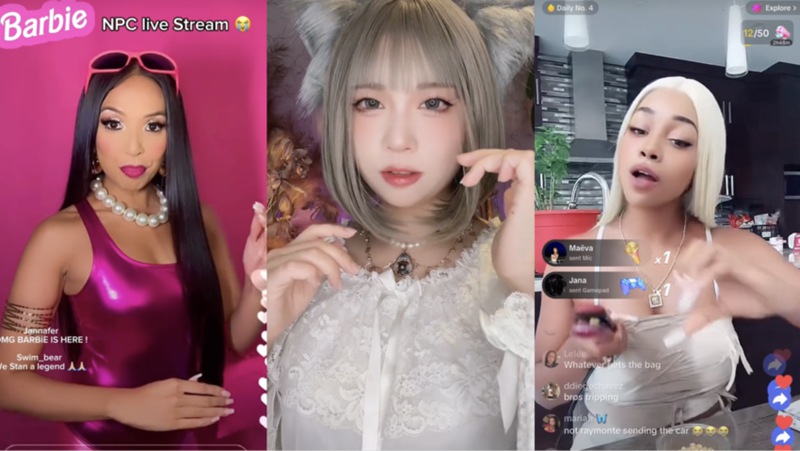
Why NPC Streaming is Popular?
The popularity of NPC streaming can be attributed to several factors:
1. Novelty and Entertainment: Many viewers find the absurdist nature of NPC streams amusing and entertaining. The juxtaposition of a real person behaving like a video game character creates a surreal, often humorous experience.
2. Interactivity: The ability to influence the streamer’s actions in real-time through gifts provides a unique form of engagement. This interactive element taps into the same psychological rewards that make video games compelling.
3. ASMR Elements: Some NPC streams incorporate aspects of ASMR (Autonomous Sensory Meridian Response), such as soft speaking or repetitive sounds, which can be soothing or pleasurable for certain viewers.
4. Gaming Culture Connection: For many, NPC streaming serves as a bridge between gaming culture and social media, allowing them to experience familiar gaming concepts in a new context.
5. Hypnotic Quality: The repetitive nature of NPC streams can create a trance-like state for some viewers, offering a form of escapism or mental relaxation.
The Economics of NPC Streaming
One of the most striking aspects of the NPC streaming trend is its potential for monetization. Top NPC streamers can earn substantial amounts through virtual gifts from viewers. For instance, streamer Kai Cenat revealed that he made nearly $6,000 in a single TikTok live session.
The economic model of NPC streaming relies heavily on the parasocial relationships formed between streamers and their audience. Viewers are motivated to send gifts not only to trigger specific reactions but also to show support for their favorite creators. This creates a unique ecosystem where entertainment and commerce intersect in real-time.
Controversies and Criticisms
Despite its popularity, NPC streaming has not been without controversy. Some critics argue that the trend has sexual undertones, with concerns that it could be exploiting young viewers or promoting unhealthy parasocial relationships. Others worry about the potential psychological effects of prolonged exposure to such repetitive content, both for viewers and creators.
There’s also debate about whether NPC streaming represents a form of digital labor exploitation. Critics argue that platforms like TikTok benefit disproportionately from the trend while creators subject themselves to hours of repetitive performance for uncertain rewards.
Conclusion
NPC streaming represents a fascinating convergence of gaming culture, social media, and performance art. Its rapid rise to popularity reflects our evolving relationship with digital media and our desire for novel forms of entertainment and interaction.
As this trend continues to evolve, it will likely spark further discussions about the nature of online performance, the economics of digital content creation, and the psychological impacts of immersive, interactive media. Whether NPC streaming is a fleeting fad or the harbinger of a new era in digital entertainment remains to be seen, but its impact on our cultural landscape is undeniable.



